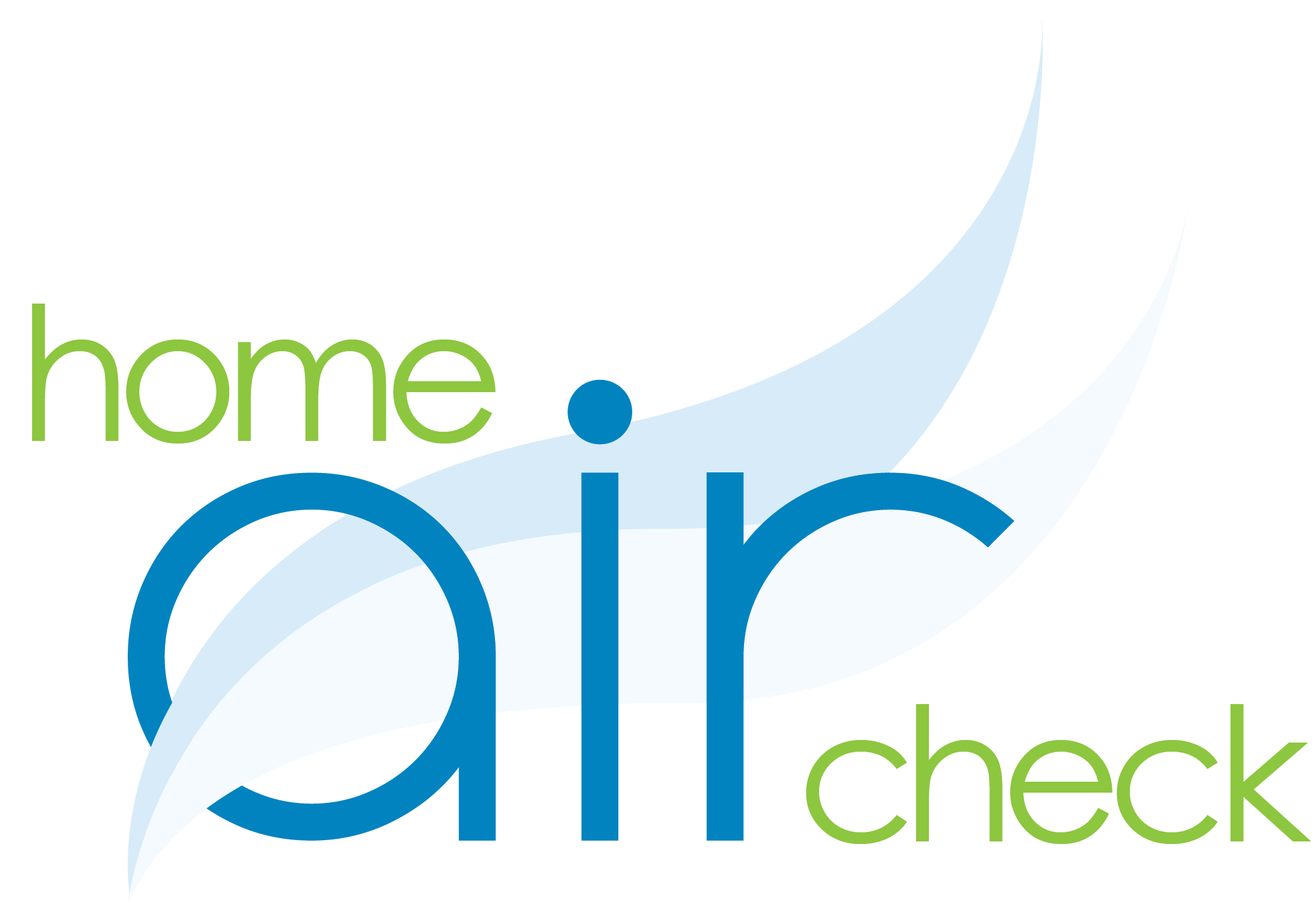The new year is a time for fresh starts and new goals, and there’s no better way to kick off 2025 than by prioritizing your health. While many resolutions focus on fitness or eating habits, don’t overlook the importance of your indoor air quality (IAQ). Clean, healthy air in your home is a foundation for overall wellness. Here are some steps to help you breathe easier in the new year.
Out with the Old: Household Items to Purge
Start the year by decluttering and saying goodbye to items that may harm your indoor air quality. Clearing out these common offenders can make a significant difference:
- Old cleaning products: Many contain harsh chemicals that release harmful volatile organic compounds (VOCs). Replace these with eco-friendly and less toxic alternatives.
- Scented candles and air fresheners: These can emit synthetic fragrances that degrade air quality. Opt for natural, unscented options or essential oils instead.
- Dusty carpets and upholstery: These items often harbor allergens and dust mites. Deep clean or replace them as needed.
- Unused electronics: Outdated devices collect dust and clutter your space. Recycle or donate them responsibly.
Purging these items not only freshens the air but also creates a cleaner, more organized home.
In with the New: Smart Air Quality Practices
Once you’ve cleared out the old, it’s time to focus on practices and tools that actively improve your indoor air. First, invest in air-cleaning essentials like HEPA and carbon filters for your HVAC system or a high-quality air purifier. These tools can capture allergens, dust, chemicals, and harmful particles, significantly improving the air you breathe.
If you love greenery, consider creating an indoor plant corner with air-purifying varieties such as spider plants, peace lilies, or snake plants. These plants can help reduce toxins in the air while adding natural beauty to your space. Just be cautious with watering to prevent mold growth, and choose plants that won’t trigger allergies.
When it comes to cleaning, transition to natural methods by using products labeled as eco-friendly or natural. However, don’t rely solely on labels—some can be misleading. If you are unsure always check their ingredients, just because they say they are “non-toxic” doesn’t always mean they are. Look for third-party certifications or stick to simple, homemade solutions like vinegar, baking soda, and essential oils.
By adopting these practices, you can make meaningful strides toward cleaner, healthier indoor air.
Daily Habits for Cleaner Air
Keeping your indoor air clear and fresh isn’t a one-time task—it requires consistent daily habits that work together to maintain a clean environment. A few simple adjustments can be made to your routine to significantly improve the air quality in your home.
Ventilate your home regularly: When the weather permits, open your windows to let in fresh air and push out indoor air pollutants. This is especially important when engaging in activities that produce odors or fumes, such as cooking or painting. If opening windows isn’t an option, make use of exhaust fans in areas like the kitchen and bathroom to ensure proper airflow and to remove contaminants.
Cook with care: To minimize emissions from stoves and ovens, always use a range hood or exhaust fan, preferably one that vents to the outside. Did you know that using the back burners with a vent hood will result in the maximum amount of particles/gases to be removed? This is crucial when frying or using high-smoke oils, as these can release fine particles and other harmful substances into the air. Additionally, try to avoid using non-stick cookware that can release toxic fumes when overheated.
Maintain your home: Dusting regularly prevents the buildup of allergens and irritants on surfaces. Vacuuming with a HEPA filter helps capture fine particles that ordinary vacuums might recirculate. Don’t overlook your HVAC system—changing or cleaning filters on schedule ensures that your system runs efficiently and doesn’t distribute dust, pollen, or other pollutants throughout your home.
Improving indoor air quality is a resolution that benefits your entire household. By removing harmful items, adopting smart practices, and committing to daily habits, you can create a healthier, more comfortable home in 2025. Start today and let this be the year you truly breathe easier.
For more insights and tools to enhance your home’s air quality CLICK HERE!


